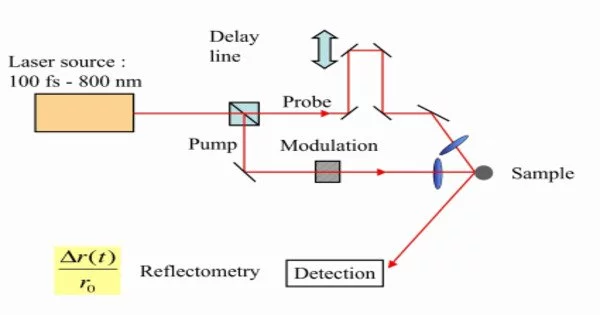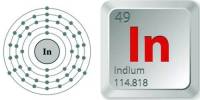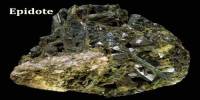Picosecond ultrasonics is a technique for creating and detecting ultrashort wavelength acoustic waves in the picosecond time domain. It is a non-destructive method for studying the mechanical and thermal properties of nanoscale materials.
It is a type of ultrasonics that uses ultrashort light pulses to generate ultra-high frequency ultrasound. It is a non-destructive technique that uses picosecond acoustic pulses to penetrate thin films or nanostructures and reveal internal features such as film thickness, cracks, delaminations, and voids. It can also be used to investigate liquids. Picosecond laser ultrasonics or laser picosecond acoustics are other names for the technique.
A short laser pulse is used to generate a localized strain in a material, which then produces an acoustic wave that propagates through the material. Researchers can learn about the material’s properties, such as acoustic velocity and attenuation, by detecting the acoustic wave with a second laser pulse.
In picosecond ultrasonics, a pump laser pulse is used to generate a picosecond acoustic pulse in the sample being studied. This acoustic pulse propagates through the material and interacts with its various components, causing changes in the sample’s properties such as its refractive index or reflectivity. A probe laser pulse is then used to measure these changes, allowing the properties of the sample to be probed with sub-picosecond time resolution.
Application
Picosecond ultrasonics has applications in a variety of fields, including materials science, solid-state physics, and biology. It can be used to study the properties of thin films, interfaces, and nanostructures, as well as to probe the dynamics of biological systems. The technique has also been used to develop new materials and devices for applications in electronics, photonics, and sensing.
It can be used to investigate the mechanical, thermal, and optical properties of these systems, as well as to probe their electronic and structural properties. This technique has also been used in the development of new materials and devices, such as high-speed transistors and sensors.
















